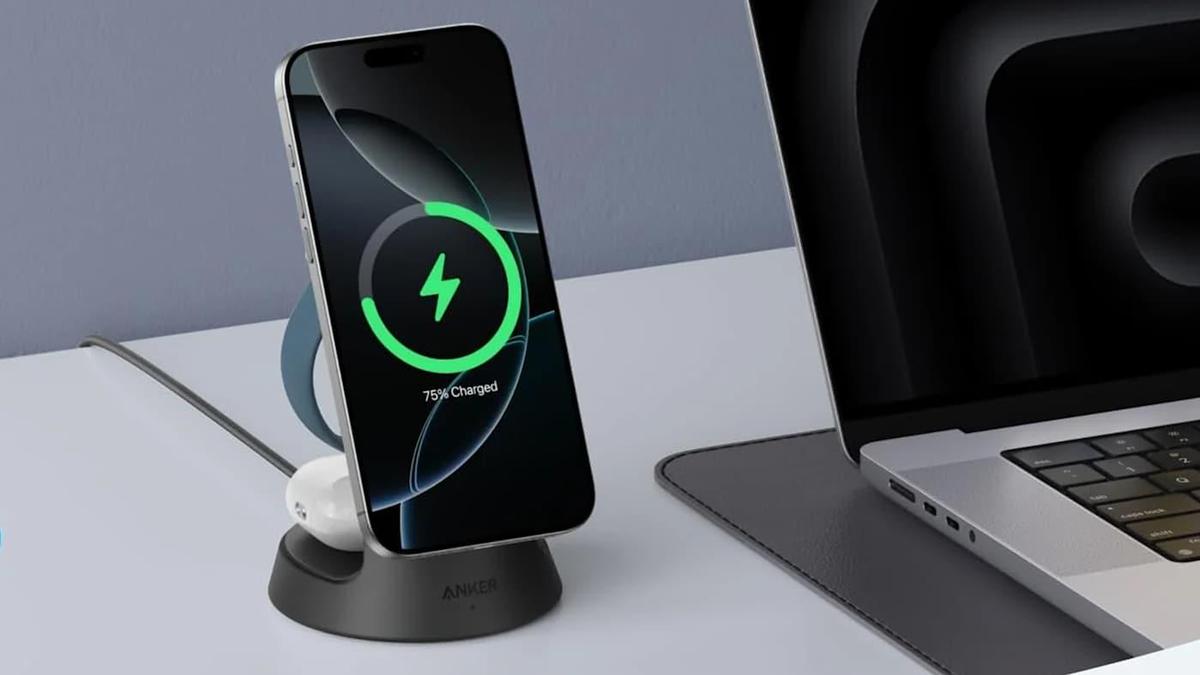Foldable Phones Get Thinner: What’s Next for Flexible Tech?
Foldable Phones Get Thinner: What’s Next for Flexible Tech?
Foldable phones are no longer a futuristic fantasy; they’re here, and they’re getting thinner! The latest buzz in the tech world revolves around the evolution of foldable technology, with manufacturers pushing the boundaries of design and engineering to create sleeker, more pocketable devices. But what does this trend mean for the future of mobile technology?
The Rise of the Foldables
Foldable phones represent a significant shift in smartphone design. They offer the screen real estate of a tablet with the portability of a phone. Early models were met with skepticism, primarily due to concerns about durability and bulkiness. However, recent advancements have addressed many of these issues, leading to increased consumer interest and adoption.
Why the Focus on Thinness?
The push for thinner foldable phones is driven by several factors:
- Improved Portability: Thinner phones are simply easier to carry and use. A bulky phone can be uncomfortable in a pocket or when held for extended periods.
- Enhanced Aesthetics: A slimmer profile contributes to a more premium and modern look.
- Technological Advancements: New materials and engineering techniques allow manufacturers to create thinner and more durable foldable displays and hinges.
Challenges in Achieving Thinness
Making a foldable phone thinner is no easy feat. Engineers face several challenges:
- Display Technology: Foldable displays require specialized materials and construction to withstand repeated bending. Thinning these displays without compromising durability is a key challenge.
- Hinge Design: The hinge mechanism is crucial for smooth and reliable folding. Reducing the size and complexity of the hinge while maintaining its strength is essential.
- Battery Placement: Fitting a battery into the limited space within a thin foldable phone requires innovative battery technology and placement strategies.
What Does the Future Hold?
As foldable technology continues to mature, we can expect further advancements in thinness, durability, and functionality. Here are some potential future developments:
- Improved Display Materials: New materials like flexible glass or advanced polymers could enable even thinner and more durable displays.
- Innovative Hinge Designs: Future hinges may incorporate new mechanisms or materials to reduce their size and improve their reliability.
- Integration of New Technologies: Foldable phones could integrate other emerging technologies, such as under-display cameras or advanced sensors.
The Impact on the Tech Industry
The evolution of foldable phones has a significant impact on the broader tech industry:
- Competition and Innovation: The foldable phone market is highly competitive, driving manufacturers to innovate and push the boundaries of what’s possible.
- New Use Cases: Foldable phones are creating new use cases for mobile devices, such as multitasking, content creation, and immersive gaming.
- Influence on Other Devices: The advancements in foldable technology could influence the design of other devices, such as laptops and tablets.
A Word of Caution
While the trend towards thinner foldables is exciting, it’s important to consider the potential trade-offs. A focus solely on thinness could compromise other important aspects, such as battery life or durability. It’s crucial for manufacturers to strike a balance between form and function.
Actionable Takeaway
Consider what you value most in a phone. Do you prioritize portability above all else, or are you willing to sacrifice some thinness for longer battery life and increased durability? This will help you make an informed decision when considering a foldable phone.

FAQ
Q: Are foldable phones durable? A: Durability has improved significantly in recent models, but foldable phones are still generally more fragile than traditional smartphones. Consider purchasing a protective case.
Q: Are foldable phones worth the price? A: Foldable phones are typically more expensive than traditional smartphones. Whether they are worth the price depends on your individual needs and budget. If you value the larger screen real estate and unique form factor, a foldable phone may be a good investment.
Q: Will foldable phones replace traditional smartphones? A: It’s unlikely that foldable phones will completely replace traditional smartphones in the near future. However, they are expected to become increasingly popular and mainstream as the technology matures and prices decrease.
Key Takeaways
- Foldable phones are becoming increasingly popular and are evolving towards thinner designs.
- The push for thinness presents engineering challenges related to display technology, hinge design, and battery placement.
- Future advancements could lead to even thinner, more durable, and more functional foldable devices.
- Consider your individual needs and priorities when evaluating foldable phones.
This trend of foldable phones getting thinner is definitely something to watch, as it will dictate where flexible tech goes in the coming years. It’s an exciting time for the tech industry and the future of smartphones and emerging technologies.
Source: The Verge



